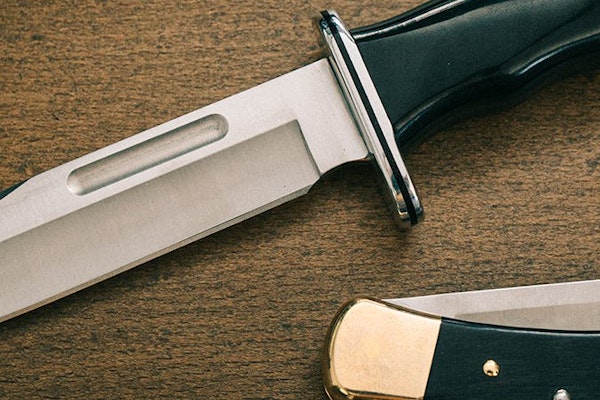Our story, the story of Buck Knives is a story of a family that is proud of its roots, and remains dedicated to the same basic precepts that our founder, Hoyt Buck so clearly laid out many years ago.
It all began at the turn of the century when Hoyt, a teenage apprentice blacksmith created his first knife – a knife that led the way to the wide range of knives that proudly bear his name today.
Based on “The Story of Buck Knives… A Family Business”, written by Tom Ables, we’ll unfold our story, a century of Buck family history and business ventures that created our company.
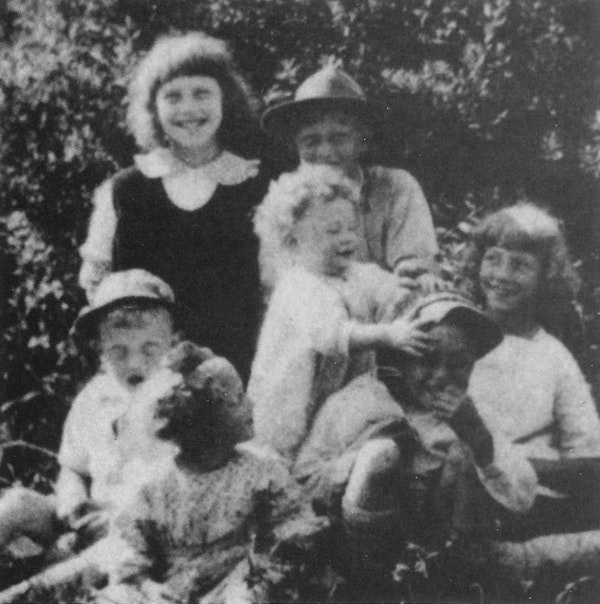
CHAPTER 2: JOIN THE NAVY...
Al Buck's childhood years in Washington helped forge the man who emerged as a teenager, he was anxious to strike out on his own, with those same stirrings that had triggered his father's moves.
"I saw how hard my dad worked and how little he had to show for it," Al recalled. "even as a youngster, I thought there must be a better way."
In 1926, a friend of Al’s joined the navy. In the spring of 1927, the friend encouraged Al to do the same. he was only 16 at the time - too young to enlist -but he was convinced it was time to move on.
"One day, when dad was at work, I had a long talk with my mother," he recalled. "Looking back, I can only imagine how hard it was for her. Not only was I asking for permission to leave, I was asking her to sign papers that lied about my age, since I was supposed to be 18.
"It may have been the most dishonest thing she'd ever done in her life. we both had tears in our eyes, but she signed. I left a note for Dad and reported to the Navy enlistment office in Everett that afternoon."
In April 1927, Buck reported to the Naval Training Center in San Diego, California. He didn't know it at the time, but the then-small navy town would play a major role in his later life.
Not only did he come to appreciate the mild summers and warm winters, not only did he build a lasting network of partners and friends, he also developed a love for the sea that shaped many of his future decisions, both professionally and personally. For years, Al Buck's pride and joy was the 50-foot yacht "Kalinga" he docked in San Diego Bay, at the Southwestern Yacht Club.
As a Navy recruit in 1927, Buck put his previous training to good use. As a boy scout in Washington, he had been trained by his scoutmaster who had been a chief signalman. The Scoutmaster taught the troop his skills, from Morse code to semaphore. Buck always enjoyed these activities, and had something of a gift for them. So, when he graduated from boot camp, he volunteered for signalman's school.
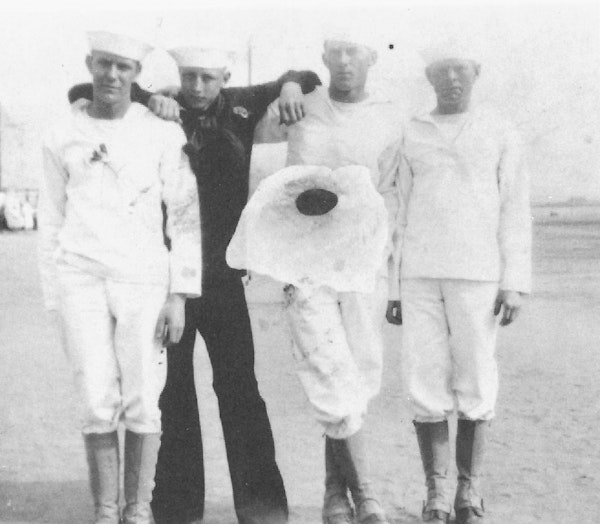
The plan sounded good, but it went awry when Buck visited the submarine, the s-42, and learned that submariners received hazardous duty pay — an additional $25 a month, regardless of rate!
"I got the job and went back to the Holland, but it wasn't to process a transfer, "Buck said. "It was to get my gear."
He soon learned that the extra pay was well-deserved. S-series submarines were dangerous; it was hazardous duty. And when Al Buck's four-year enlistment expired in 1931, He decided to leave the Navy.
It didn't take long for him to realize he'd made a mistake.
"I underestimated how hard it would be to find work during the early days of the great depression," He confessed. "It was tough, really tough, even in a navy town like San Diego."
By Christmas of 1931, Buck had rejoined his family in Washington. He worked in the sawmill that employed his father. he did odd jobs for people in town. at one time, he and his brother George took jobs on a chicken ranch where, among other things, they learned to make hotcakes out of chicken feed.
During the summer of 1932, Alfred and George Buck rediscovered their respective commitments to god, and they decided to enroll in a bible school in Chicago.
Unfortunately, their ambition quickly outdistanced their means. having hitchhiked only as far as Idaho, they ran out of money.
"We were not a pretty sight," Buck concedes. "When we first got to Idaho, we lived with some hobos. we got a job cutting wood for a dollar a cord. And we did some other odd jobs, but my brother got fed up and left.
"Somehow, I got lucky. one day, a farmer let it be known that he was looking for workers to help harvest his wheat. Dozens of men showed up, even though there were only a handful of jobs. For some reason, I just happened to be one of the guys he decided to hire. we worked only three weeks, but we got a dollar a day and that was a lot of money to me."
With that money, Buck purchased a train ticket to Chicago. Once there, however, he discovered the bible school that had lured him from Washington was closed.
"I wasn't all that smart, but even I could see I was in trouble," Buck said. "I’m in Chicago, I’m out of money, and winter is right around the corner. It wasn't a pleasant thought, believe me."
Ironically, he found shelter in the heaving waves of Lake Michigan, in the U.S. Coast Guard. The Coast Guard wasn't accepting recruits that year, but it was taking trained sailors. So Buck went to the Coast Guard recruiting office in Chicago and enlisted.
Almost immediately, he was sent to New York City and was stationed on a Coast Guard cutter in New York Harbor.
This brief, six-month period proved to be a pivotal time in Al Buck's life. it was while stationed in New York that he met and married Ida June Shapter, the daughter of a Manhattan waiter.
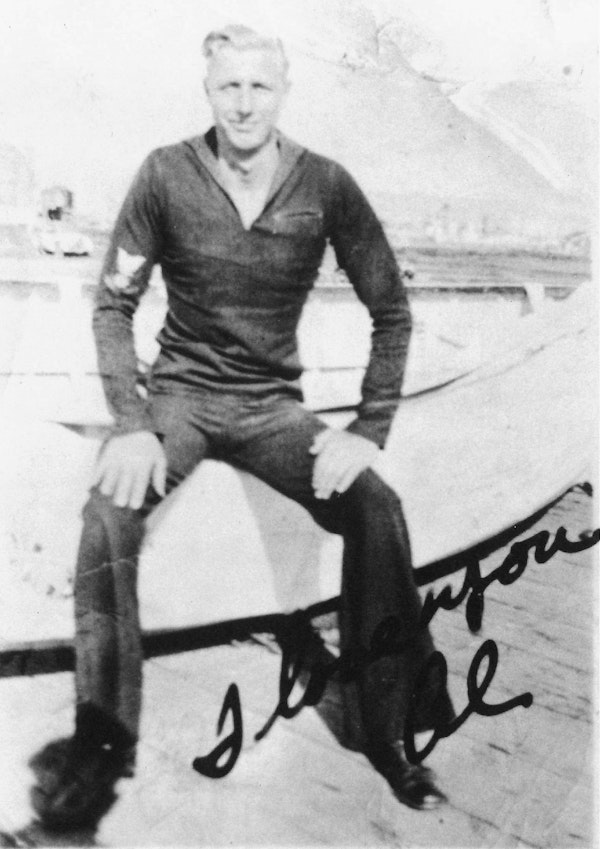
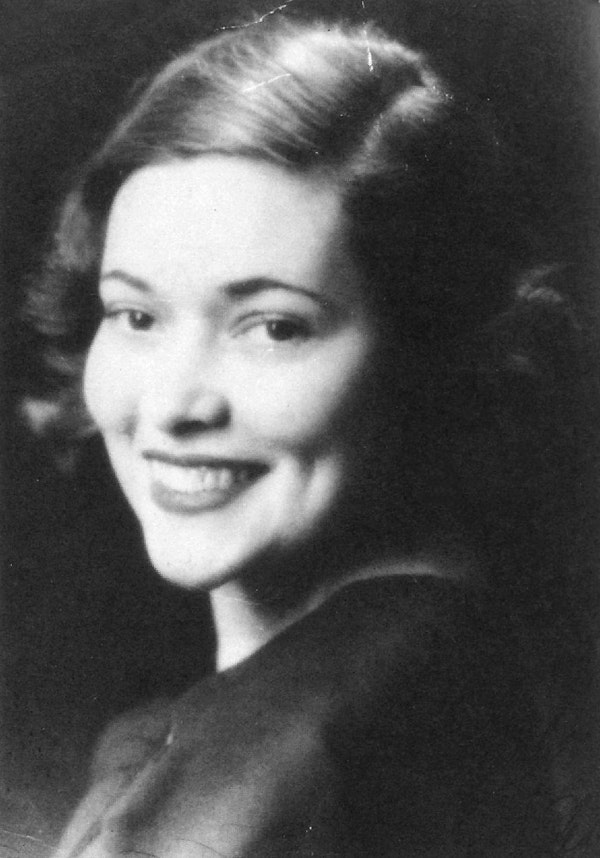
"We met at the Armed Services YMCA in December 1933," Buck said. "I pretended I didn't know how to dance, and let her teach me how to fox trot and waltz. Late that night, I walked her home, even though she told me it was 'against the rules,' and things sort of developed from there."
Two months later, on February 16, 1934, Al and Ida were married.
"Talk about whirlwind honeymoons," he laughed. "We got married at 7:00 in the evening and I had to leave for my ship at 2:00 the next morning."
It's clear that their marriage survived its hectic beginning, however. Al and Ida Buck celebrated their 57th wedding anniversary in 1991.
Interestingly, the Coast Guard quickly sent Buck back to San Diego.
"For a boy who had been born and raised in Washington, it occurred to me that I was spending an awful lot of time in San Diego, California," he decided. "It wasn't very big back then, but I loved it. Ida and I decided almost right away that we'd be staying in San Diego after I got out of the Coast Guard."
It was a decision they stayed with and never regretted.

